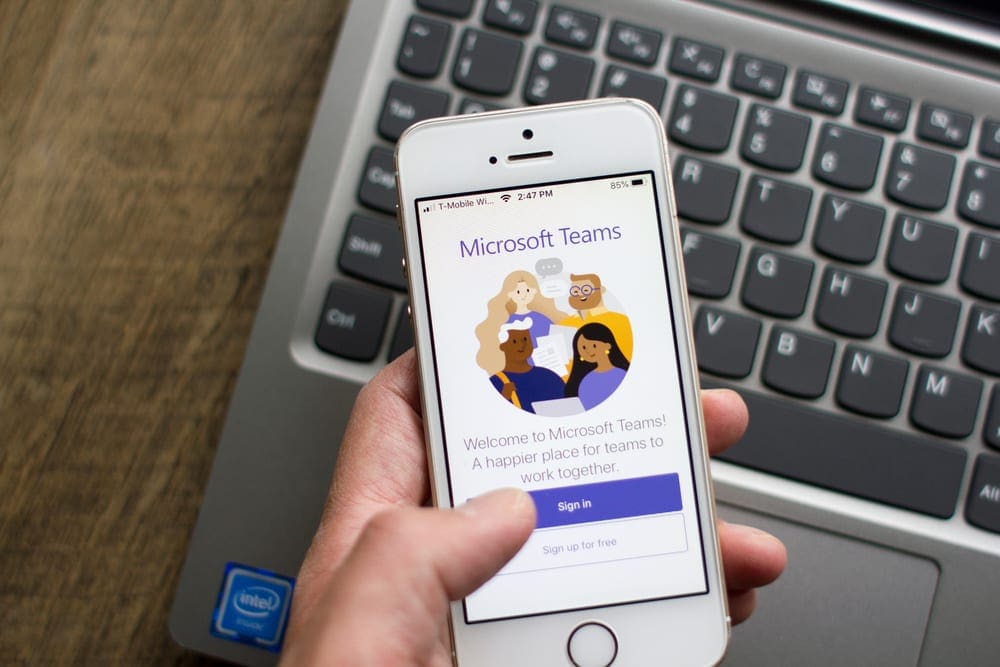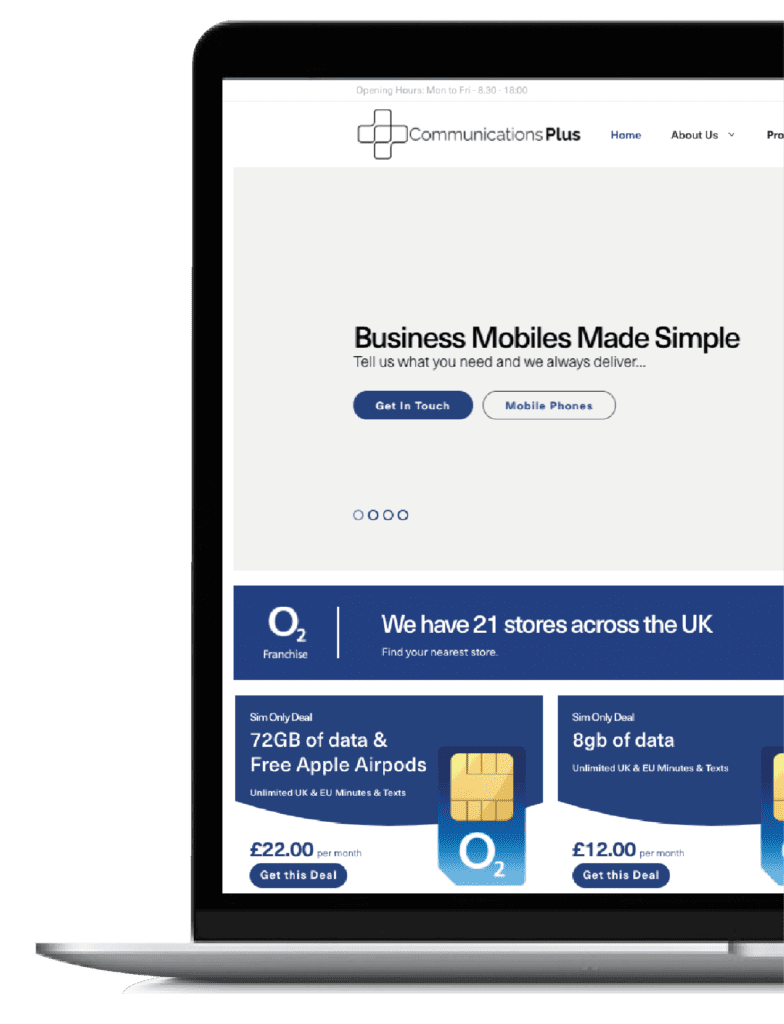Last month, the way that businesses around the world operated changed. Prompted by the global outbreak of COVID-19, and government guidelines of social distancing / lockdown, businesses that were able to adopt remote working did so. Within the first week of UK lockdown, Microsoft Teams saw users more than double from a typical daily user count of 20m to over 44m, with almost 2.7 billion minutes of meetings being clocked in a single day in April.
So, what is Microsoft Teams?
Teams is an online collaboration tool within the Microsoft Office 365 suite. By allowing employees to chat, call, video conference and share/edit files, it is no surprise that businesses have swiftly adopted Teams whilst remote working. However, as the companies that used Teams pre-corona will attest, Teams can and should be used in the daily office environment to maintain communication and efficiencies.
As Teams is part of the Office 365 licence, there is no additional charge for the free version, and updated packages are available to access more storage or scheduling facilities.
Available via a browser or an app (on Windows, MacOS, Android, iOS and Linux), staff can access the service from any device.
What are the features?
Teams – As the tool is connected to your organisation’s Office 365 account, the software will automatically populate your contacts with your colleagues’ details. You can then start to create ‘Teams’ or groups that are relevant to your business areas. For example, you could create one Team for your Account Managers, one for the Customer Service department, one for the Executive Board and so on. Within these Teams, you will have a central chat that all team members can post on, host calls via and share files. This ensures the whole department is updated in one quick and easy way.
Chat – If updating the full team isn’t quite suitable, you can use the Chat feature to catch up individually, or with a selected group from within your team. All chats are stored in one ongoing stream so can be returned to for future referencing, keeping more conversational updates from clogging up your email inbox.
Video/Audio Calls – Communication is key, and sometimes the ‘Chat’ feature just won’t cut it.
121 – Via any of your individual Chats you can start an unlimited Video or Audio call. From here you can share your screen or a selected window, still access your chat or even collaborate on the same document in real-time.
Conferencing – For larger scale meetings, you can schedule and host up to 250 participants on a multi-way Video or Audio Conference.
Presentations – You can also host single-way presentations for up to 10,000 viewers.
External Meetings – The above calling features can also be utilised to loop in with external users, for example if a client or supplier is also using Teams. Simply set up a scheduled meeting and invite the selected contacts and they will have the opportunity to join a single use meeting.
Cloud Storage – For the standard version, each user has access to 2GB of cloud storage (or 10GB across the whole team) to host shared files.
Web-based Word, Excel, PowerPoint and OneNote – Another benefit of Teams being linked to your Microsoft Office 365 licence is the use of in-app web-based versions of Word, Excel, PowerPoint and OneNote. Simply upload your chosen files and you and your colleagues can edit from within Teams collaboratively.
How do I get set it up?
As a Challenger Microsoft Office 365 customer, you will have access to Teams already, but our Customer Support team are on hand to help you with set-up or training.
If you are not yet an Office 365 licence holder, simply get in touch to find out the costs per user and contract options.











